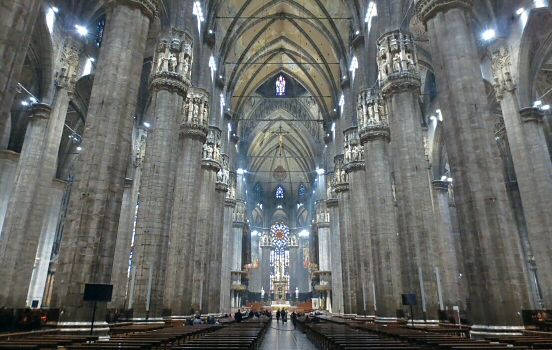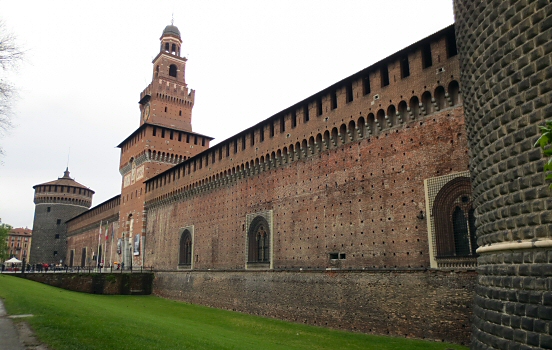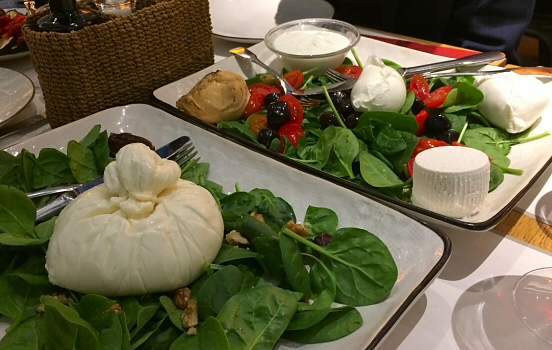When it comes to Milan, you may think of sharp suits, espresso-fueled ambition and unapologetic swagger. Galleria Vittorio Emanuele II is a veritable temple of excess, a shopping arcade so grand it feels like the gods of consumerism live there. Prada, Gucci, you name it. But even if you’re not buying, you’re watching. Locals strut through the place like it was a tarmac.
But while the expensive brands are flaunting in every corner, the city has so much more to offer. Literally next door is the Duomo. A Gothic fever dream spiked into the sky, filled with more statues than a Vatican flea market. There has been a church on this location since 355 AD, even though I suspect it was a bit smaller at the time.
 The cavernous interior of Duomo di Milano.
The cavernous interior of Duomo di Milano.
The interior is a forest of marble. I enter the enormous cavern and have a look at the Saint Bartholomew Flayed, a distressing statue of the saint having his own flayed skin across the shoulders. Further up I look for the red spot marking where one of the nails supposedly from the Crucifixion of Christ has been placed. As always I wonder how many thousands of nails across the world are said to come from the True Cross.
After taking the winding stairs I end up on the roof of the cathedral. As Mark Twain put it on his Duomo visit in 1867, “I cannot understand how it can be second to anything made by human hands”.
 Saint Bartholomew Flayed by sculptor Marco d’Agrate.
Saint Bartholomew Flayed by sculptor Marco d’Agrate.
In Milan, even the train station is impressive. The arches of Milano Centrale towers above the floor, impeccable clad in pearly marble from Sicily. Two monumental staircases, large mosaics and Art Deco lamps enforce the bombastic setting.
Milan has been an important city for several millennia, which is reflected in the archeological heritage. Apart from the Roman ruins that we’ve been used to being littered all over southern Europe, there are other things to see.
 The walls of Castello Sforzesco.
The walls of Castello Sforzesco.
Castello Sforzesco from the 15th century was once one of the largest citadels in Europe, and today it houses several art collections. I pass the imposing walls intersected by large towers and stumble upon Pieta Rondanini, Michelangelo’s last work that was left unfinished after ten years of progress.
The small church Santa Maria delle Grazie is quite unassuming on the outside, but this is where Leonardi Da Vinci painted the Last Supper on a wall, one of the most recognized and studied paintings in the history of art. Unfortunately not much remains of it today, since it’s been in a constant state of decay almost since the completion in 1495.
 Five variants of heaven at Obica Mozzarella Bar.
Five variants of heaven at Obica Mozzarella Bar.
You can even do all of this in a single day if you’re in a hurry. But don’t forget to start with a delicious cannoli at A’Vucciria.

Comments
No comments yet.
Leave a reply